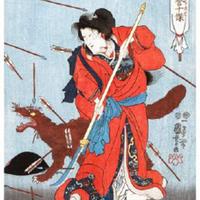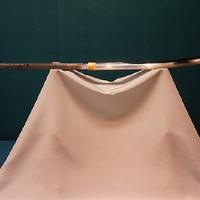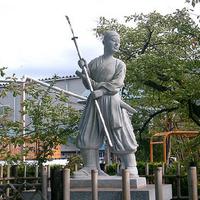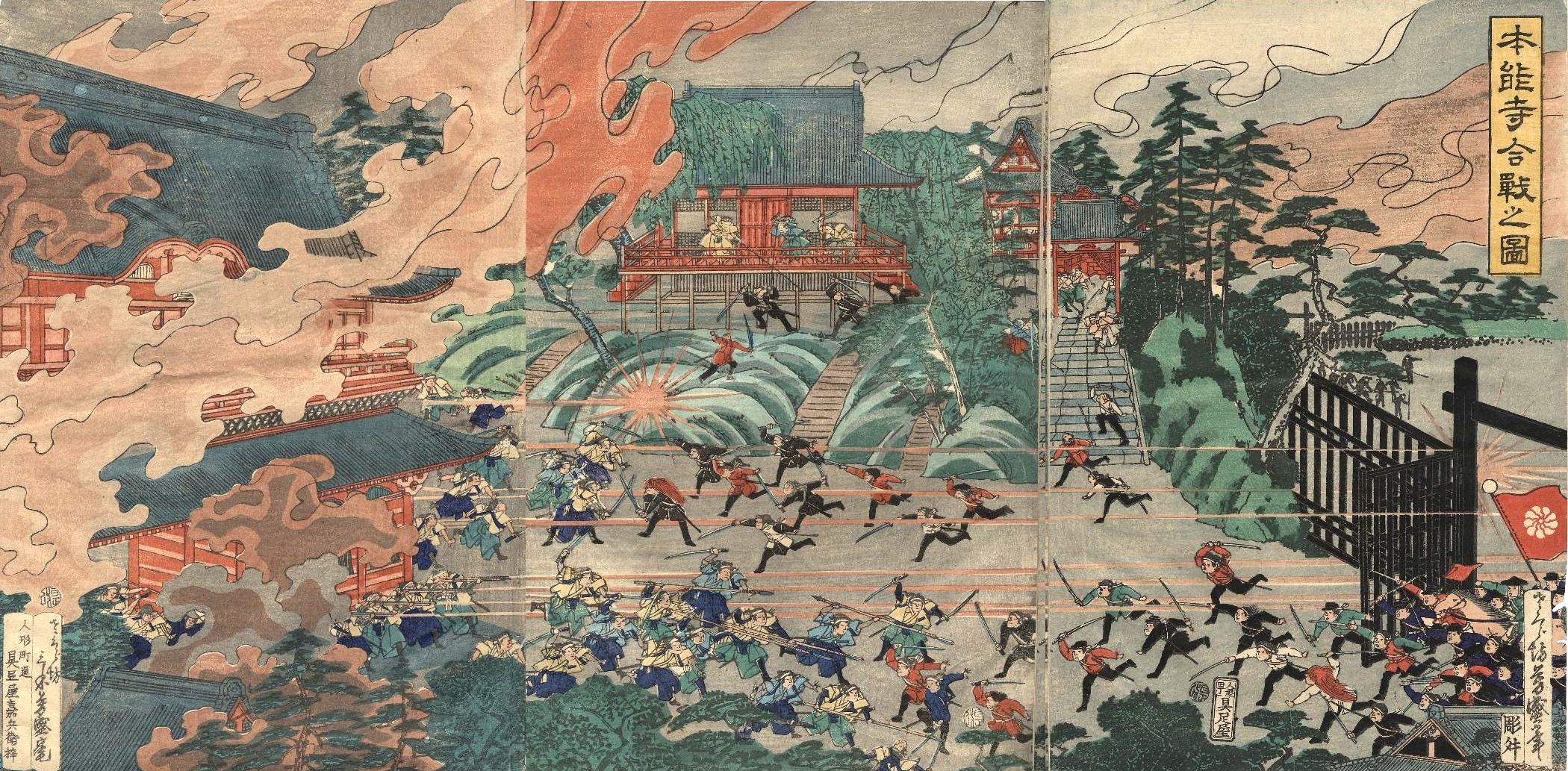Browse Exhibits (3 total)
The history of Onna-Bugeisha Women

the evoluation of the female samurai and the impact it had on japan's history
Weapons Used by Onna-Bugiesha in War

During the Boshin War, a convient polearm that compensate for the strenght and size advantage against male opponents. A versatile weapon with a curved blade at the tip, called a Naginata. The Naginata featured prominently in traditional martial arts disciplines such as Naginatajutsu, which emphasized the weapon's techniques and principles in combat scenarios. After the Edo period( 1603-1868), the Naginata persisted as a symbol of martial prowess and cultural heritage in Japan. Today, it continues to be practiced and revered within traditional martial arts communities.
Nakano Takeko Importance

During the Boshin War, which marked the end of the Tokugawa shogunate and the restoration of imperial rule in Japan, Takeko fought alongside her comrades in the Aizu domain against the Imperial forces. Leading a unit of female warriors, she distinguished herself in battle, displaying exceptional skill with the naginata and inspiring her fellow fighters with her courage and resolve.
In one notable engagement known as the Battle of Aizu, Takeko led a charge against the Imperial forces, wielding her naginata with deadly precision. Despite inflicting casualties on the enemy, the Aizu forces eventually faced defeat, and Takeko, realizing that further resistance was futile, resolved to die an honorable death rather than surrender.
Today, Nakano Takeko is celebrated as a national hero in Japan, revered for her courage, leadership, and dedication to her beliefs. Monuments, memorials, and cultural references continue to honor her legacy, ensuring that her story remains an enduring inspiration for generations to come.
